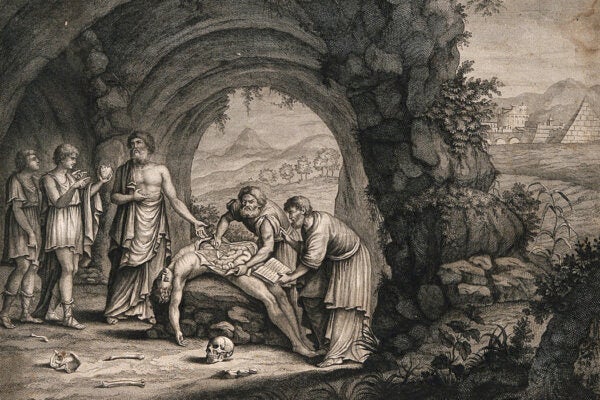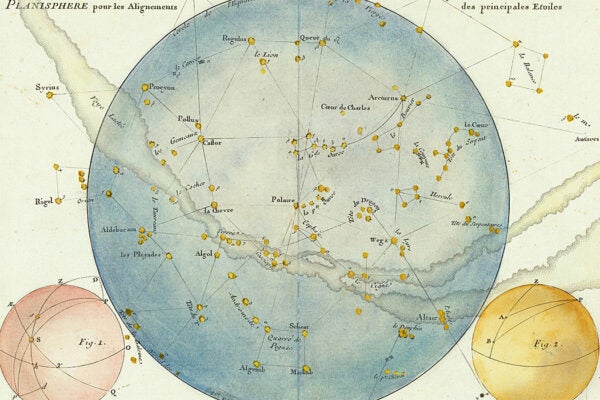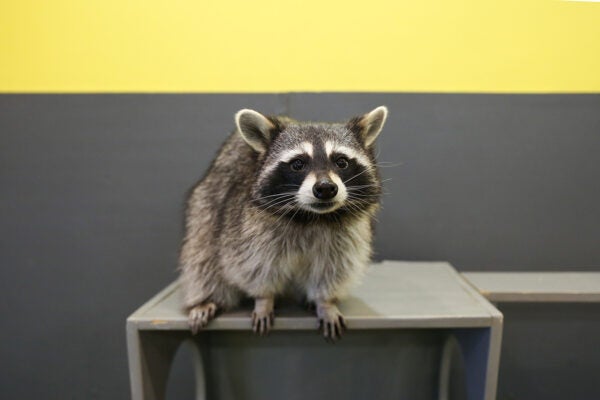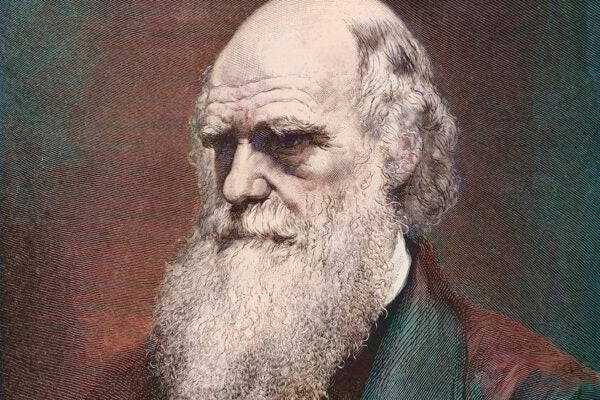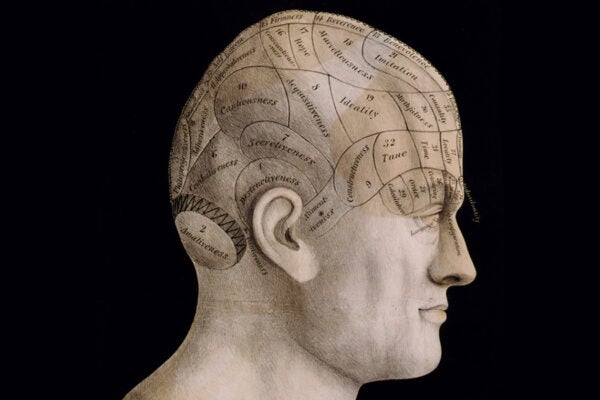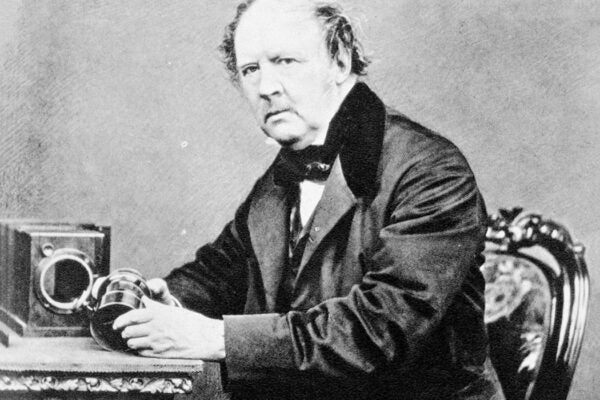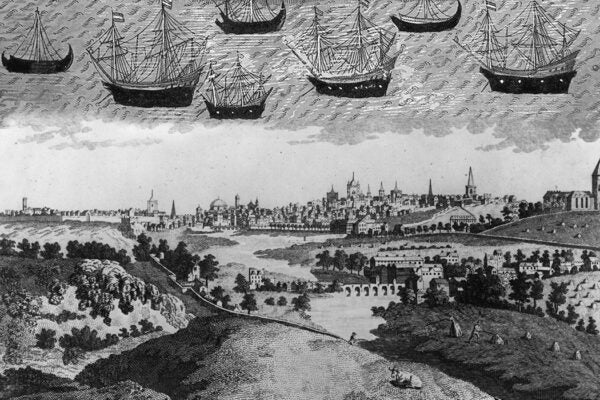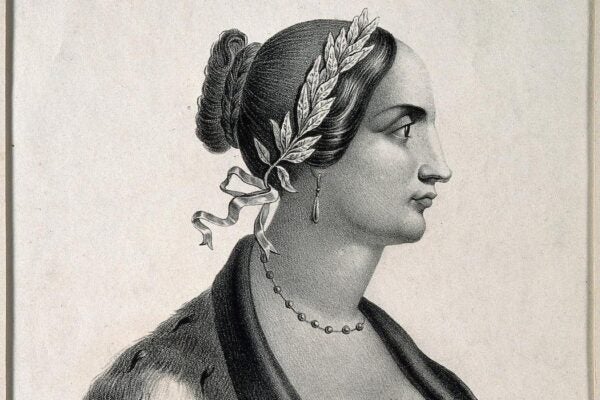The Anatomists of Ancient Alexandria
Cultural forces under the Ptolemaic dynasty briefly allowed scholars like Herophilus to practice dissection—and possibly vivisection—on human subjects.
JSTOR Daily: What I Learned
Go behind the scenes with our writers as we celebrate JSTOR Daily’s tenth anniversary!
Spider in the Telescope: The Mechanization of Astronomy
John Flamsteed’s vision of an astronomer's skill set clashed with existing ideas about observing, paving the way for a new mindset based on mechanical objectivity.
Raccoons in the Laboratory
The lab rat is now a symbol of science, but psychologists once believed that raccoons presented unique potential in the study of animal intelligence.
Charles Darwin and His Correspondents: A Lifetime of Letters
An epistolary network was critical for Darwin’s work, allowing him to obtain new information while sparking fresh ideas in his correspondents’ minds.
Human Remains and Museums: A Reading List
Questions over their value for research conflict with the ethics of possessing the dead, especially when presenting human remains in the setting of a museum.
What Skulls Told Us
The pseudoscience phrenology swept the popular imagination, and its practitioners made a mint preying on prejudices, gullibility, and misinformation.
The Daguerreotype’s Famous. Why Not the Calotype?
William Henry Fox Talbot’s obsession with protecting his pioneering photographic process doomed his reputation and reduced his legacy to historical footnote.
Ireland’s Upper Sea
In medieval Ireland, ships that sailed across the sky were both marvelous and mundane.
Laura Bassi, Enlightenment Scientist
The Italian physicist and philosopher was the first woman to earn a doctorate in science and the first salaried female professor at a university.
